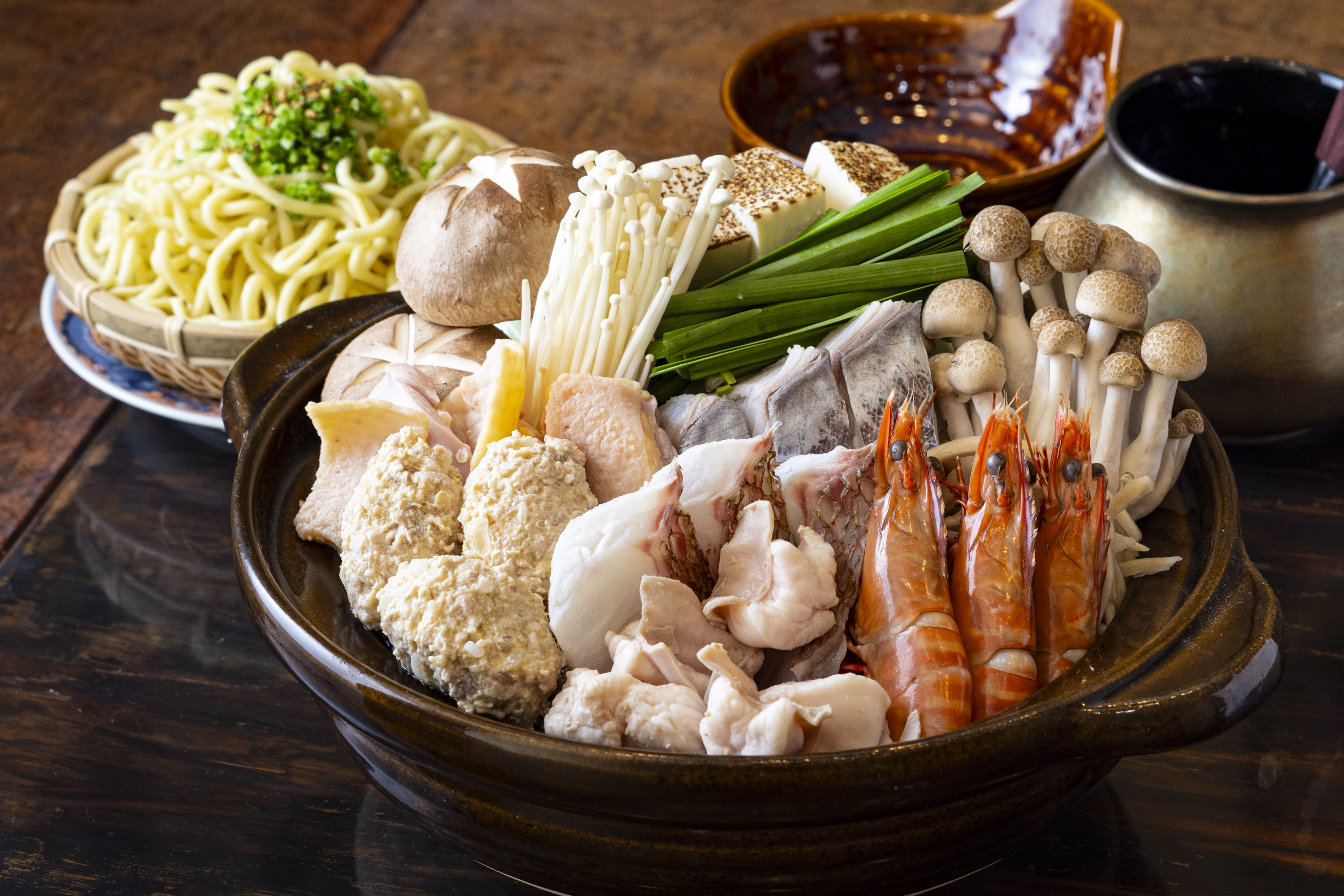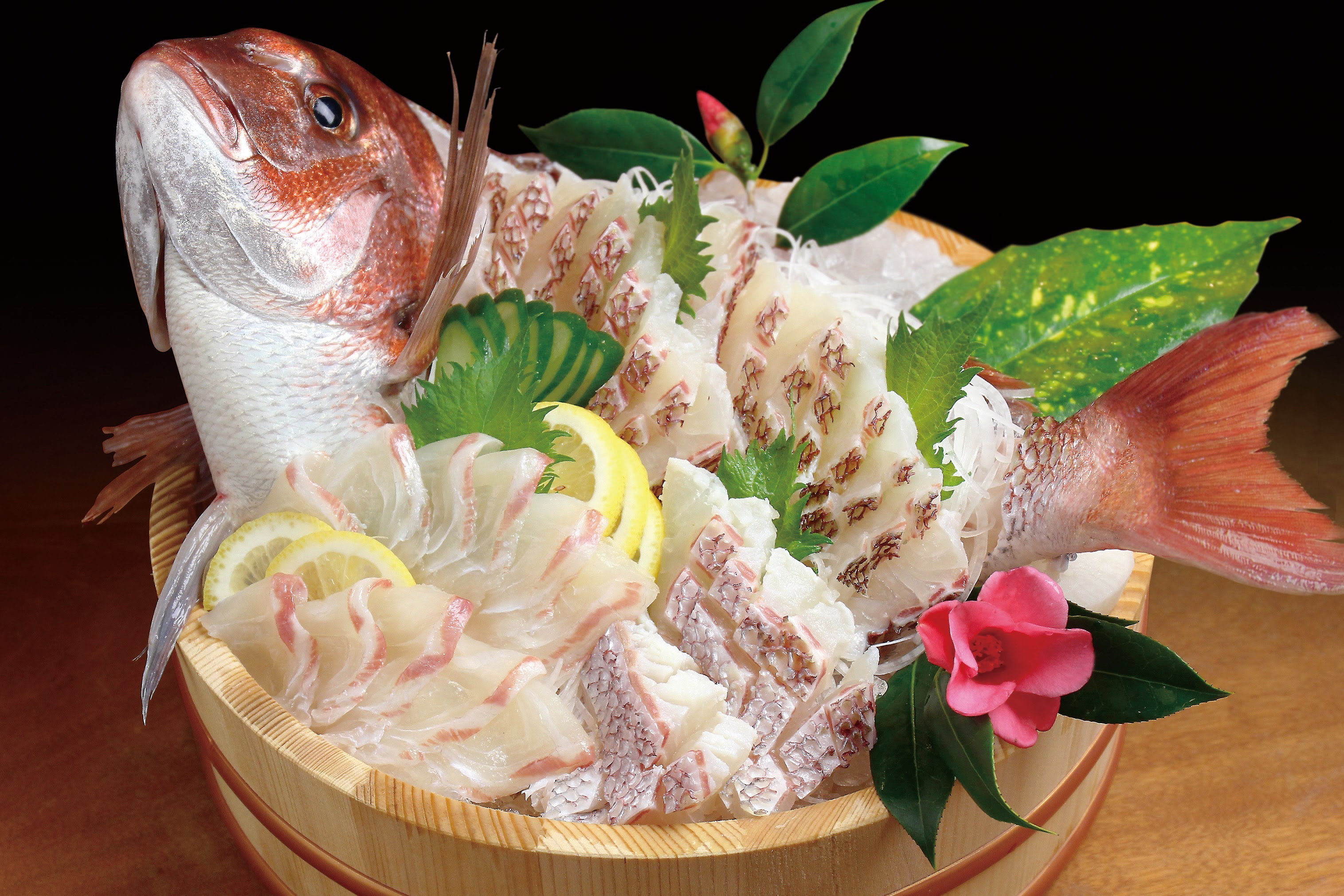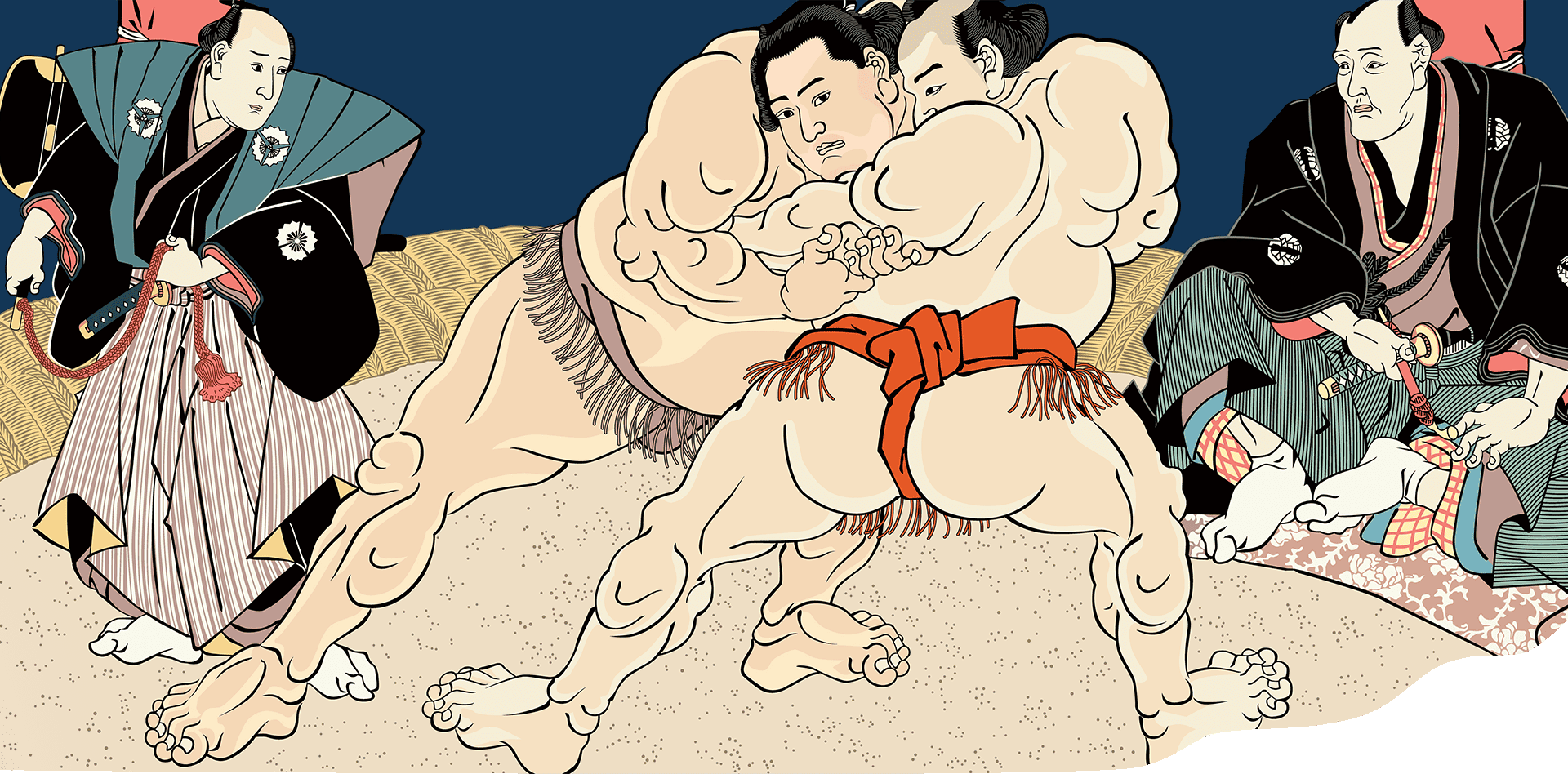What is Sumo??
 Sumo is Japan’s oldest national sport
Sumo is Japan’s oldest national sport
Sumo is considered Japan’s oldest national sport. Records show it has been practiced for more than 1,500 years. At first, it was not just a form of wrestling but also a ritual to pray for a good harvest. The simple rules—pushing the opponent out of the ring or making him touch the ground—have remained unchanged. During the Edo period, it became entertainment for ordinary people and later developed into professional tournaments held at the National Sumo Arena. Sumo is deeply connected to Japanese history and culture, truly deserving the title of “national sport.
 Roots in Sacred Rituals
Roots in Sacred Rituals
The roots of sumo lie in ancient religious rituals. In early times, people held sumo matches before the gods to pray for abundant harvests and peace in the land. This is why the sumo ring, or dohyo, is considered sacred. Even today, salt is sprinkled to purify it before matches. The ritual stomping of the feet, called shiko, is meant to drive away evil spirits. In this way, sumo is not only a sport but also a living tradition that expresses gratitude to nature and the gods.
 Today, a Sport Loved Worldwide
Today, a Sport Loved Worldwide
Today, sumo is Japan’s national sport but also enjoys global popularity. Many wrestlers from abroad—such as Mongolia, Europe, and the United States—have become top stars. Thanks to television and the internet, audiences worldwide can watch the intense matches. For many international visitors, attending a live sumo tournament in Japan is a highlight of their trip. By preserving its traditions while welcoming athletes from many countries, sumo has evolved into a cultural bridge between Japan and the world.
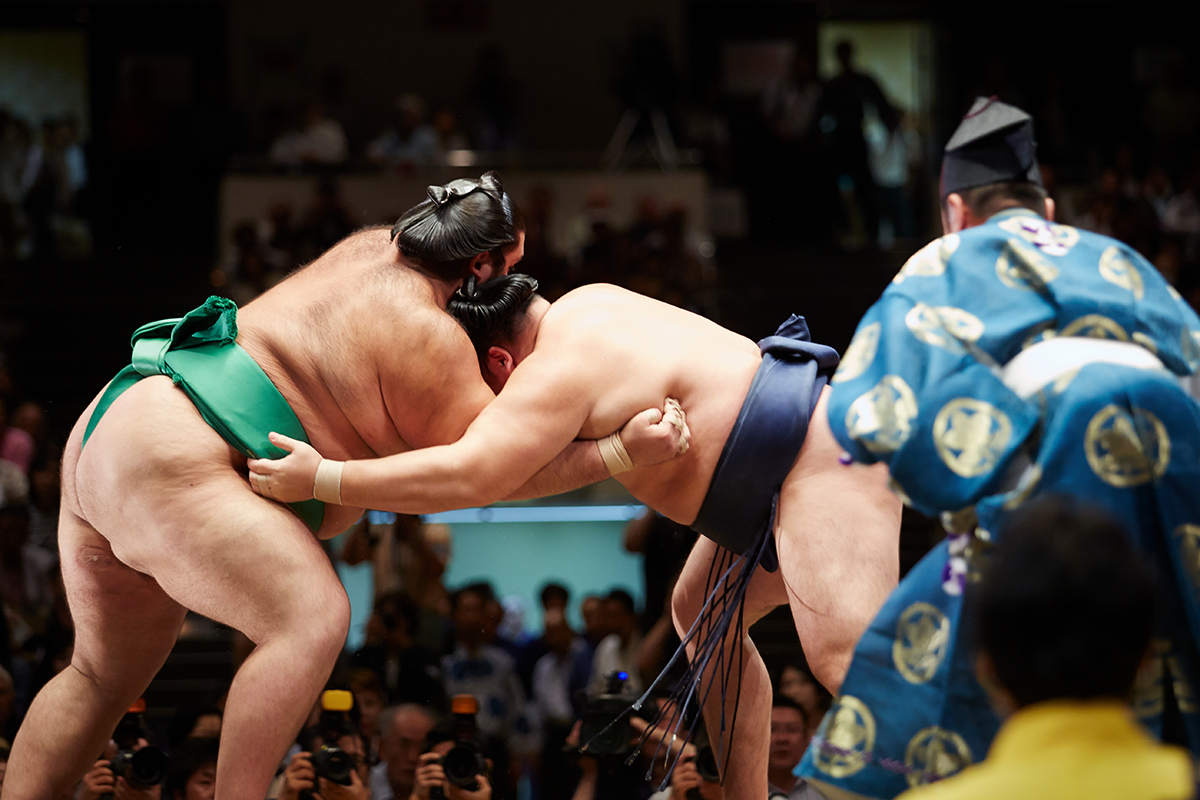
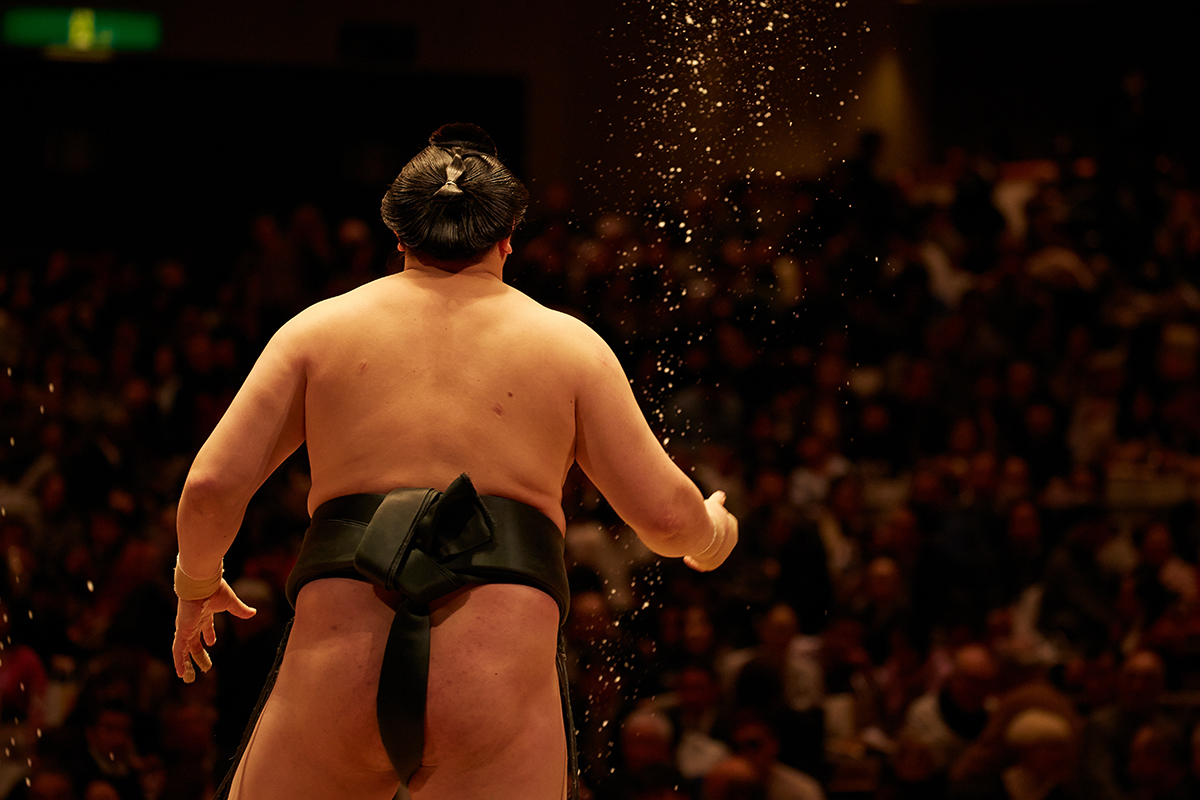

Professional sumo holds six official tournaments each year, called honbasho. One of them is the Kyushu Basho, held every November in Fukuoka City. The matches take place at the Fukuoka Kokusai Center in Hakata and last for 15 days. Wrestlers give their all in these year-end battles, and spectators can experience the intensity up close. During this season, the entire city of Fukuoka is filled with sumo excitement, offering visitors the chance to enjoy not only the matches but also the city’s rich food culture and sightseeing. It is a unique event where tradition and passion meet in Kyushu.
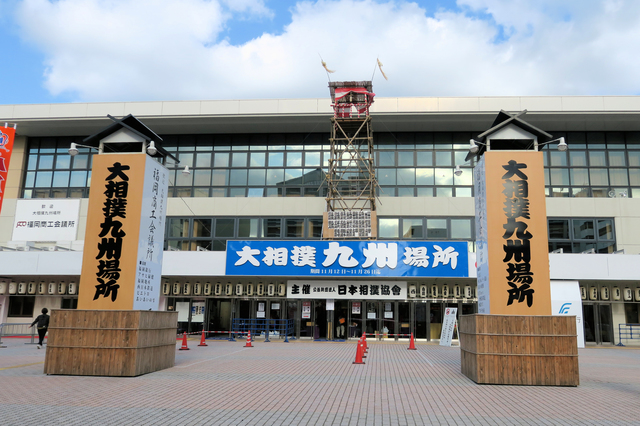
Grand Sumo Kyushu Tournament
Period: November
Venue: Fukuoka Kokusai Center
Access: 12 minutes on foot from Gofukumachi Subway Station
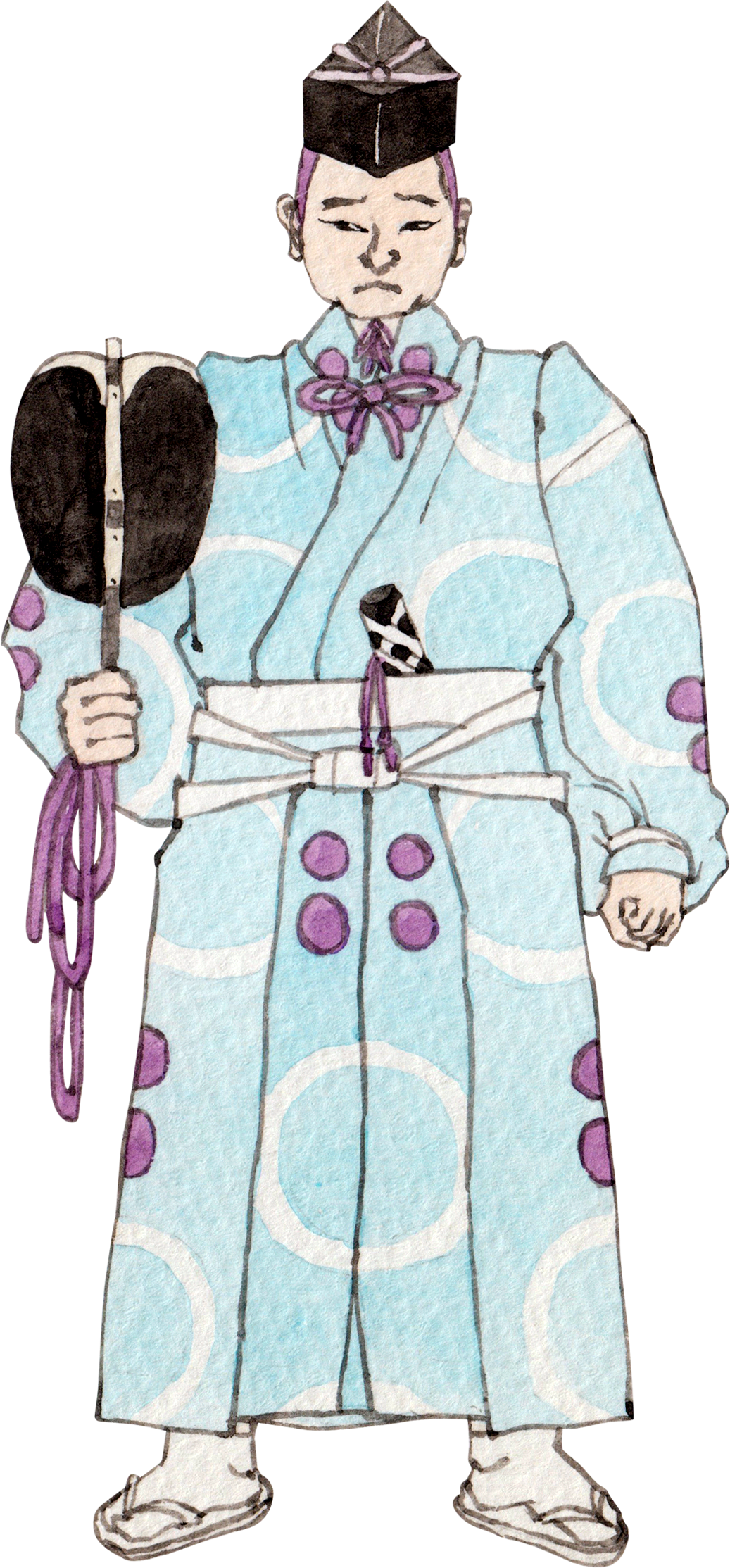
Where Sumo Meets Fukuoka’s Food Culture
An essential part of sumo’s food culture is chanko nabe, the famous hot pot.
This hearty dish, made with plenty of meat, vegetables, and especially fish, provides the rich nutrition that builds a wrestler’s body.
In Fukuoka Prefecture, blessed with abundant fishing grounds such as the Genkai Sea, fresh seafood is landed daily—making it a treasure trove of the finest ingredients for sumo wrestlers.
In the world of sumo, sea bream (tai) is traditionally served at celebratory occasions.
It has long been cherished as an “auspicious fish” seen during ring-entering ceremonies and championship celebrations.
Many of the fish enjoyed in Fukuoka are closely connected to sumo culture, from the wrestlers’ everyday meals to formal rituals.
Here, one can experience both the richness of sumo traditions and the culinary delights of Fukuoka at once.
